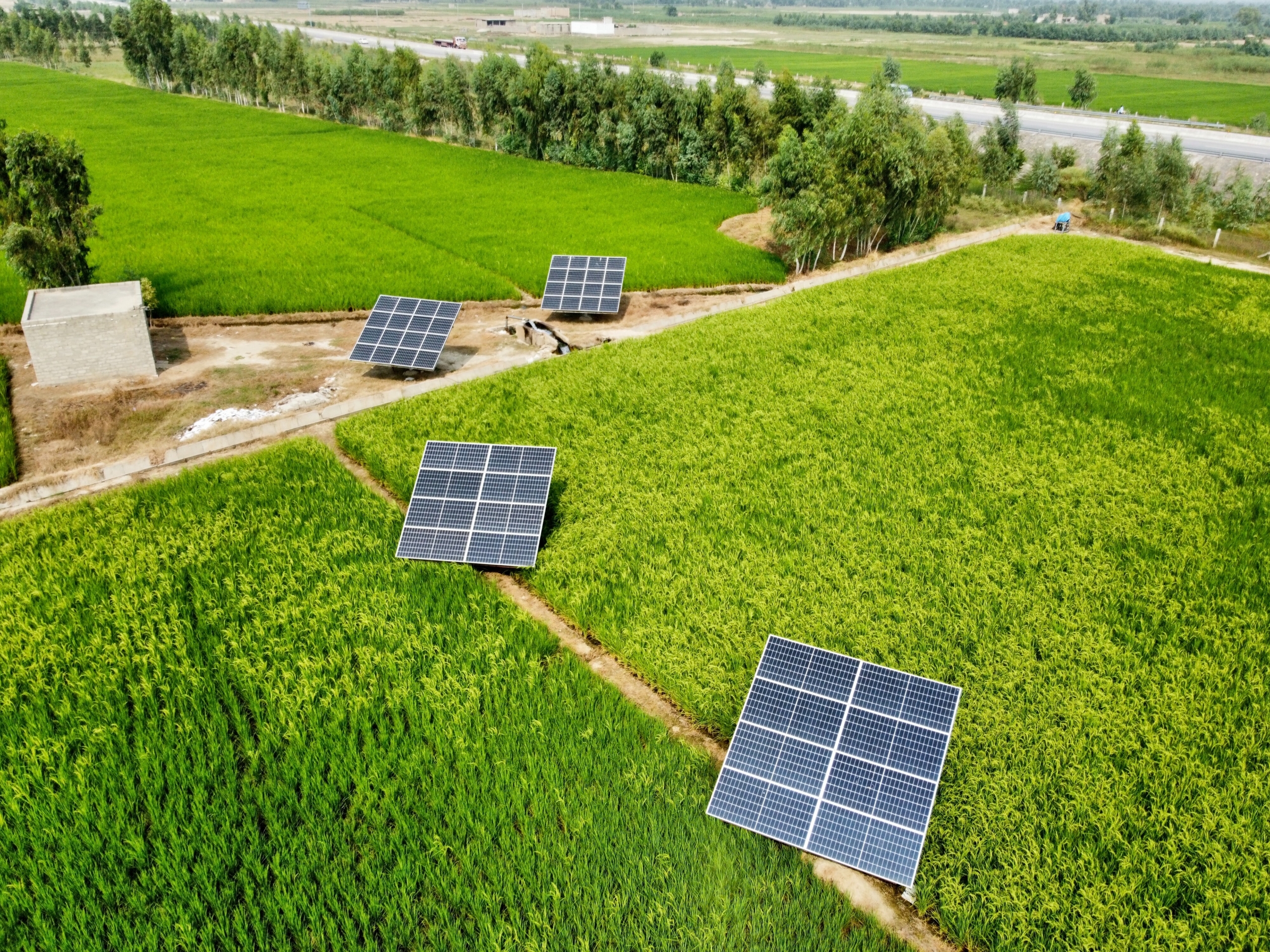How Renewable Energy in Pakistan Can Reduce Poverty
 On January 23, 2023, Pakistan faced one of its biggest energy crises yet. For nearly 24 hours, homes, schools and businesses lost power. This is simply the culmination of multiple smaller-scale power outages and an indication of the severity of Pakistan’s energy crisis. However, there is one source of hope — renewable energy. Renewable energy in Pakistan has plenty of potential, and to see that, it is necessary to look at the current situation and the possibility for transformation.
On January 23, 2023, Pakistan faced one of its biggest energy crises yet. For nearly 24 hours, homes, schools and businesses lost power. This is simply the culmination of multiple smaller-scale power outages and an indication of the severity of Pakistan’s energy crisis. However, there is one source of hope — renewable energy. Renewable energy in Pakistan has plenty of potential, and to see that, it is necessary to look at the current situation and the possibility for transformation.
Energy in Pakistan
The International Trade Administration highlights that Pakistan’s energy issues are significantly hindering economic advancements in the country. The ITA says, “Although Pakistan has managed to increase power generation since 2013 and mitigate power blackouts that plagued the country over the past decade, expensive fuel sources, a reliance on imported energy products, chronic natural gas shortages, major debt in the power sector and aging and insufficient transmission and distribution systems have prevented the sector from growing and modernizing.” Furthermore, the ITA says, “Weak governance, uncoordinated energy policymaking and a lack of long-term energy planning only add to Pakistan’s current energy woes. ”
Pakistan heavily relies on importing expensive fossil fuels — about 63% of Pakistan’s energy comes from fossil fuels, according to the National Electric Power Regulatory Authority’s (NEPRA) 2021 report. The expensive nature of fossil fuel reliance is already catching up to Pakistan as the government is currently in $10 billion of circular debt.
Presently, 54.6% of Pakistani households are affected by energy poverty, with 91.7% of rural households in Punjab affected alone, says a research article by Kiran Batool and others published in 2022.
Due to energy overloads and Pakistan’s inability to pay, frequent power outages occur. These power outages can last for hours, even days. This is why the January 2023 power outage did not come as a surprise to locals considering Pakistan’s increasing debt and unrehabilitated, outdated infrastructure.
To reduce strain on the electricity grid and conserve energy, Pakistan implements load-shedding — cuts of power in several areas of the nation. This has affected quality of life and the economic activities of locals, pushing already struggling households further into poverty.
The nation’s economy is facing the effects of the energy crisis. For example, due to the nation’s electricity issues, Pakistan’s textile industry saw a loss of $70 million. To reduce energy usage, Pakistan reduced work weeks from six days to five in June 2023. And, when 1,600 garment mills closed in October 2022 due to the withdrawal of power, 5 million workers lost their jobs.
Renewable Energy Potential
“Pakistan has several well-known wind corridors and average wind speeds of 7.87 m/s in 10 percent of its windiest areas,” the World Bank notes. Experts have theorized that Pakistan has the potential to generate about 50,000 MW of electricity through wind turbines. Pakistan also has strong potential for solar power with nine-and-a-half hours of sunlight. There are a number of factors in Pakistan that allow for sunlight, such as its location in a solar-rich belt, minimal cloud cover and low levels of air pollution. According to a recent World Bank study, “utilizing just 0.071 percent of the country’s area for solar [photovoltaics] would meet Pakistan’s current electricity demand.”
Pakistan recognizes that renewable energy can solve poverty in Pakistan and has made strides to implement it. Currently, 5.4% of the country’s energy comes from wind and solar energy. There are a few projects underway to guarantee an increase in renewable energy. Pakistan has made it financially attractive to switch to solar, with net metering, feed-in tariffs and tax incentives. The government plans to have wind and solar energy make up 30% of Pakistan’s overall energy by 2030. However, the large investments needed for renewable energy sources have not yet been reached.
Poverty Reduction Potential
Renewable energy is also more affordable. Renewable energy can cost $0.04 per kilowatt-hour (kWh), compared to the cost of fossil fuel energy, $0.22 per kWh. More affordable energy will relieve the nation of its energy debt. Renewable energy also spurs employment — Not only can old jobs be saved (as energy debt has softened) but the renewable energy sector will lead to the creation of new jobs, for instance, in repair and maintenance work.
An example of renewable energy projects benefiting the community is visible in the Jhimpir wind corridor. Until about 2010, this area in the Sindh Province of southeast Pakistan was nothing but a barren desert as the high forces of wind made the land unsuitable for agriculture. However, the strong wind power meant the area had high potential for renewable energy. Gul Ahmed Energy is one of the companies that invested in creating wind farms in the area.
After installing wind turbines and solar panels in 2016, the Jhimpir wind corridor is now a bustling community with roads, schools and homes that have access to clean water and electricity. Additionally, the installation of wind turbines and solar panels has created 1,000 permanent jobs for locals to maintain the energy infrastructure. Renewable energy in Pakistan can reduce poverty by creating new jobs and bringing electricity to impoverished families.
A Bright Future
If Pakistan continues down the path of renewable energy reliance, the nation’s energy crisis could resolve and the people could have a brighter future ahead of them.
– Uzair Khan
Photo: Unsplash
